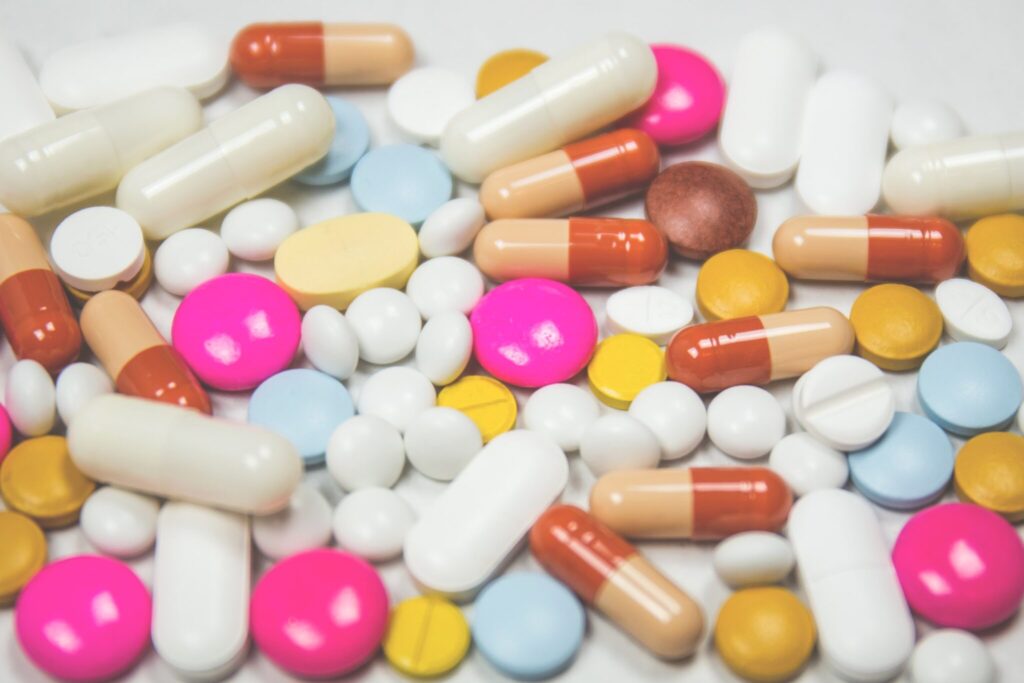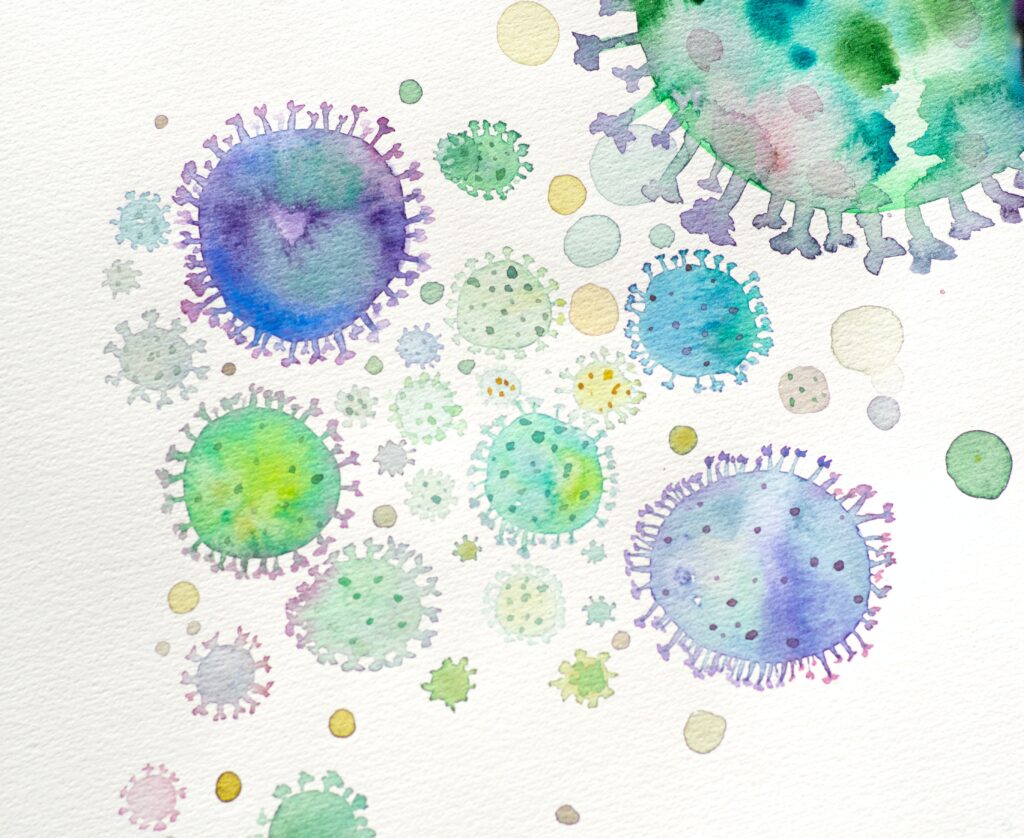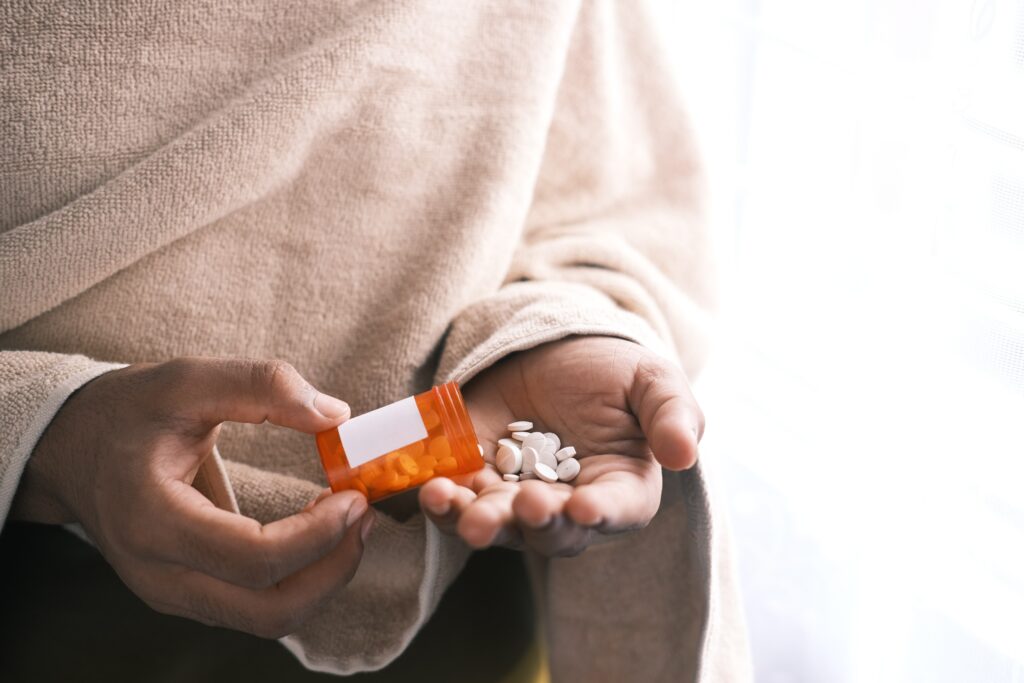News Team member Merom Arthur discusses the newest non-addictive innovation in pain management, its limitations, and the progress made in improving pain relief methods and awareness for patients.

By: Lexi Rosmarin
Penicillin, the first widely used antibiotic, was arguably one of the greatest discoveries in the modern medical world. Its mass production during World War II saved thousands of lives as it treated deadly bacterial infections. The discovery of penicillin was the start of a long line of life-saving antibiotics, which allow for healthcare workers to treat and contain fatal communicable diseases such as pneumonia. However, antibiotics have the potential to hurt humanity as much as they help. Antibiotic resistance is the natural phenomenon of bacteria becoming resistant to the drugs that treat them, leading antibiotics to become less effective in fighting certain antibiotic resistant diseases.[1] As antibiotic-resistant infections rise each year, we become closer to a reality similar to the pre-antibiotic era of the early 20th century. Antibiotic resistance impacts all forms of life–plants, agriculture, animals, humans–and it is crucial that we understand what antibiotic resistance is and how we can prevent it.
Antibiotics are drugs that kill bacteria and stop bacterial infections from spreading. Antibiotic resistance occurs when bacteria fight back against antibiotics and evade treatment. This allows these antibiotic resistant strains of bacteria to infect people without an effective treatment. While this is a naturally occurring process, the overuse and overprescription of antibiotics only worsens this problem because this allows bacteria to produce new mechanisms to evade antibiotics.[2]
When bacteria fights back against antibiotics, it is said to have a resistance mechanism. A bacterium’s DNA provides instructions for it to evade the antibiotics and this allows the multiplying bacteria to acquire a gene for resisting antibiotics. There are multiple types of resistance mechanisms that bacteria use to evade antibiotics. One resistance mechanism is bypassing the effects of the antibiotics through avoiding the antibiotic’s target. Another resistance mechanism for bacteria is restricting access of the antibiotic by limiting the access points on the outer cell membrane and not allowing the antibiotic to enter the cell and kill it. Along with multiple other resistance mechanisms, these defenses all have one thing in common: they are effective in preventing antibiotics from fighting life-threatening bacteria.[3]

Antibiotic resistance is measured through diagnostic tests to determine whether a disease is genetically resistant to antibiotic treatment. These diagnostic tests focus on whether the genotype of the bacteria contains resistance genes. However, given the rapidly evolving nature of antibiotic resistant bacteria, these diagnostic tests play a role in allowing these antibiotic resistant bacteria to spread more quickly. The tests have a slow turnaround time, are expensive, and are oftentimes not broad enough to truly identify whether the bacteria is definitively resistant to antibiotics because the test only looks at genotype instead of other factors.
These issues with diagnostic testing lead to the inability to manufacture a treatment plan for someone with an antibiotic resistant infection and allow for more time for the infection to spread before knowing the exact diagnosis. Additionally, this slow diagnostic testing can lead to the prescription of antibiotics even if the infection is actually a virus or is in fact resistant to antibiotics. Overprescription of antibiotics only worsens naturally occurring antibiotic resistance. However, there are new technologies that are faster and test for more than just if the genotype of the bacteria contains the antibiotic resistant gene.[4]
Antibiotic resistance is not a recent problem. Penicillin was first widely used in 1941, yet there was bacteria resistant to it by 1942. However, antibiotic resistance has gotten worse in recent years. Today, in 2021, there are multiple problems that need urgent attention. The first is that common, treatable diseases are becoming increasingly resistant to antibiotics. These diseases include pneumonia, tuberculosis, salmonella, and gonorrhea. While these are all serious diseases, antibiotics are extremely effective at treating them and preventing death. But the bacteria that causes these diseases are rapidly creating more resistance mechanisms, leading these diseases to be very difficult to treat. Moreover, antibiotic resistance leads to prolonged hospital stays, higher medical costs, and higher mortality.
In a world that is almost two years into the COVID-19 pandemic, we have seen the effects caused by hospital bed shortages and extreme medical costs. Additionally, treating antibiotic resistant diseases has become more difficult as more expensive medications have to be used because the cheaper, simpler solutions cannot fight the bacteria anymore.[5] Lastly, there is a lag in the creation of new antibiotics due mostly to economic reasons. There is more money to be made in creating drugs for chronic conditions, like heart disease and diabetes, rather than acute conditions like bacterial infections. Additionally, bacterial infections are more likely to affect developing countries, while chronic conditions are more likely to affect developed countries. This provides incentives for drug developers to focus on chronic conditions because they will make a higher profit from selling the drugs to developed countries. In order to avoid returning to a pre-antibiotic era, these issues must be addressed and prevented from worsening.[6]

The most impactful global contributors to antibiotic resistance are lack of surveillance, clinical misuse of antibiotics, and antibiotics in the meat that humans consume. In many developing countries, there is little to no surveillance of antibiotic resistant diseases due to lack of resources and funding. Additionally, clinical misuse of antibiotics around the world contributes largely to antibiotic resistance.[7] In a study conducted in China, researchers found that only 3.8% of cases where antibiotics were prescribed had a biological examination done to determine the source of the infection.[8] In other words, antibiotics are often prescribed to treat infections that may not even be bacterial. This allows the harmful bacteria that lives inside of our bodies to have the opportunity to become resistant to these antibiotics.[9]
In developed nations, antibiotics are given to animals that we consume in order to treat infections and to increase animal growth. This affects humans that consume these animals by 1) passing antibiotic resistant bacteria from animal to human and 2) causing harmful bacteria that is already located in the human body to become resistant to antibiotics.[10] Overall, global institutions contribute largely to antibiotic resistance and holding these institutions responsible is important in preventing further damage from occurring.
Looking towards the future, there are many ways to prevent further damage from antibiotic resistance. According to the CDC, there are four main ways to take control of the antibiotic resistance crisis:
1) Preventing infections through immunizations, safe food practices, and taking antibiotics as directed
2) Tracking and surveillance of antibiotic resistant infections
3) Improving antibiotic prescribing and clinical use (maybe the most important!), and
4) Developing new drugs and diagnostic tests.[11]
Additionally, one of the most important aspects of developing a strategy to combat antibiotic resistance is through international cooperation and collaboration between governments and other organizations.[12] It is important that everyone knows the facts about antibiotic resistance in order to call attention to a crisis that will affect people all over the world if nothing is done to address it.
References:
[1] Centers for Disease Control and Prevention. (13 March 2020). Antibiotic/Antimicrobial Resistance (AR/AMR): About Antibiotic Resistance. Centers for Disease Control and Prevention, National Center for Emerging and Zoonotic Infectious Diseases (NCEZID), Division of Healthcare Quality Promotion (DHQP). https://www.cdc.gov/drugresistance/about.html [2] World Health Organization. (31 July 2020). Antibiotic Resistance. World Health Organization. https://www.who.int/news-room/fact-sheets/detail/antibiotic-resistance [3] Centers for Disease Control and Prevention. (13 March 2020). Antibiotic/Antimicrobial Resistance (AR/AMR): How Antibiotic Resistance Happens. Centers for Disease Control and Prevention, National Center for Emerging and Zoonotic Infectious Diseases (NCEZID), Division of Healthcare Quality Promotion (DHQP). https://www.cdc.gov/drugresistance/about/how-resistance-happens.html [4] Burnham, CA., Leeds, J., Nordmann, P. et al. Diagnosing antimicrobial resistance. Nat Rev Microbiol 15, 697—703 (2017). https://doi.org/10.1038/nrmicro.2017.103 [5] World Health Organization. (31 July 2020). Antibiotic Resistance. World Health Organization. https://www.who.int/news-room/fact-sheets/detail/antibiotic-resistance [6] Martens, E., Demain, A. The antibiotic resistance crisis, with a focus on the United States. J Antibiot 70, 520—526 (2017). https://doi.org/10.1038/ja.2017.30 [7] Chokshi, A., Sifri, Z., Cennimo, D., & Horng, H. (2019). Global Contributors to Antibiotic Resistance. Journal of global infectious diseases, 11(1), 36—42. https://doi.org/10.4103/jgid.jgid_110_18 [8] Hu S, Liu X, Peng Y. Assessment of antibiotic prescription in hospitalized patients at a Chinese University hospital. J Infect. 2003;46:161—3. DOI: 10.1053/jinf.2002.1078 [9] Public Health England. (24 October 2017). Taking antibiotics when you don’t need them puts you at risk. Gov.UK. https://www.gov.uk/government/news/taking-antibiotics-when-you-dont-need-them-puts-you-at-risk [10] Chokshi, A., Sifri, Z., Cennimo, D., & Horng, H. (2019). Global Contributors to Antibiotic Resistance. Journal of global infectious diseases, 11(1), 36—42. https://doi.org/10.4103/jgid.jgid_110_18 [11] Centers for Disease Control and Prevention. (2013). Four Core Actions to Prevent Antibiotic Resistance. Centers for Diseases Control and Prevention. https://www.cdc.gov/drugresistance/pdf/4-2013-508.pdf [12] Uchil, R. R., Kohli, G. S., Katekhaye, V. M., & Swami, O. C. (2014). Strategies to combat antimicrobial resistance. Journal of clinical and diagnostic research : JCDR, 8(7), ME01—ME4. https://doi.org/10.7860/JCDR/2014/8925.4529Featured Image: Freestocks, Unsplash (https://unsplash.com/photos/nss2eRzQwgw)
